Henri Matisse in 10 Paintings
A renowned artist, Henri Matisse was one of the most prominent figures of the avant-garde movement. He is widely considered the father of Fauvism.
Valeria Kumekina 19 June 2024
Henri Matisse (1869-1954) was a renowned French artist celebrated for his bold use of color. One of his lesser-known masterpieces, The Circus, is a vibrant stencil piece featured in his limited-edition book, Jazz. With only 350 copies ever made, many may not have had the chance to experience its vivid pages. Dive in and explore some of the captivating artwork from this rare collection!
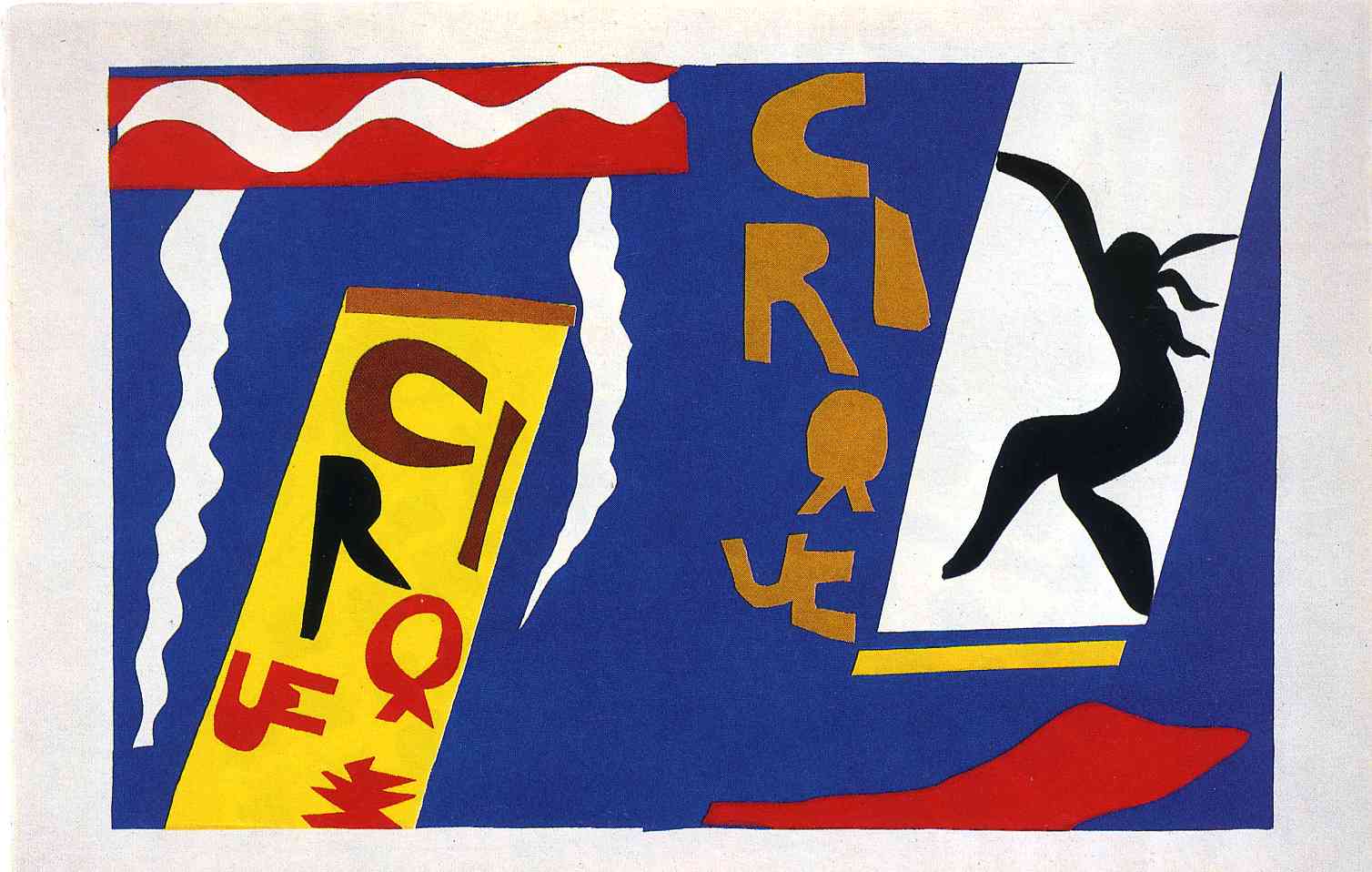
The title, Jazz, evokes musical rhythm and improvisation. It is the audio counterpart of Matisse’s visual aesthetic. Surprisingly, this dazzling and beautiful book was Matisse’s first major cut-out project. However, its creation was pivotal in his transition from oil painting to this new technique.
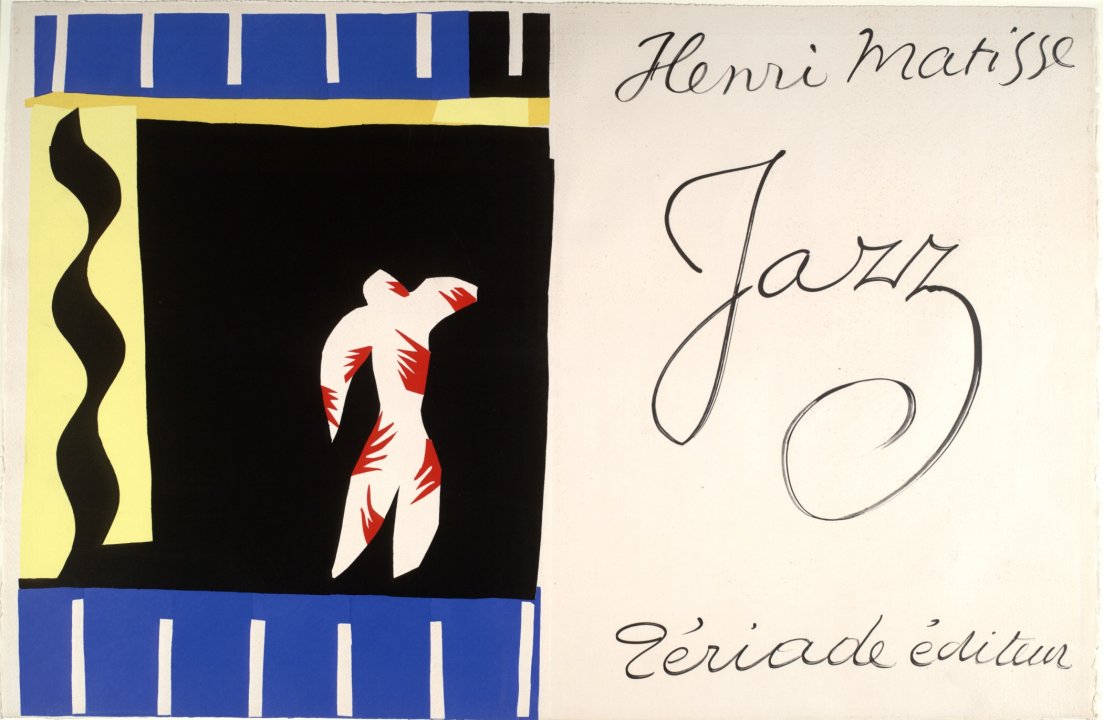
Jazz is made up of 20 stencil graphics. In addition, there are over 70 pages of text in the form of calligraphy. In terms of method, Matisse used scissors to cut organic shapes from sheets of paper. These sheets had been painted with bright gouache paint. His next step was to arrange them. Color was of paramount importance to Matisse. When it came to the book’s production, he insisted that the publisher should use pochoir. Pochoir is a stencil printing technique that uses the original paint colors.
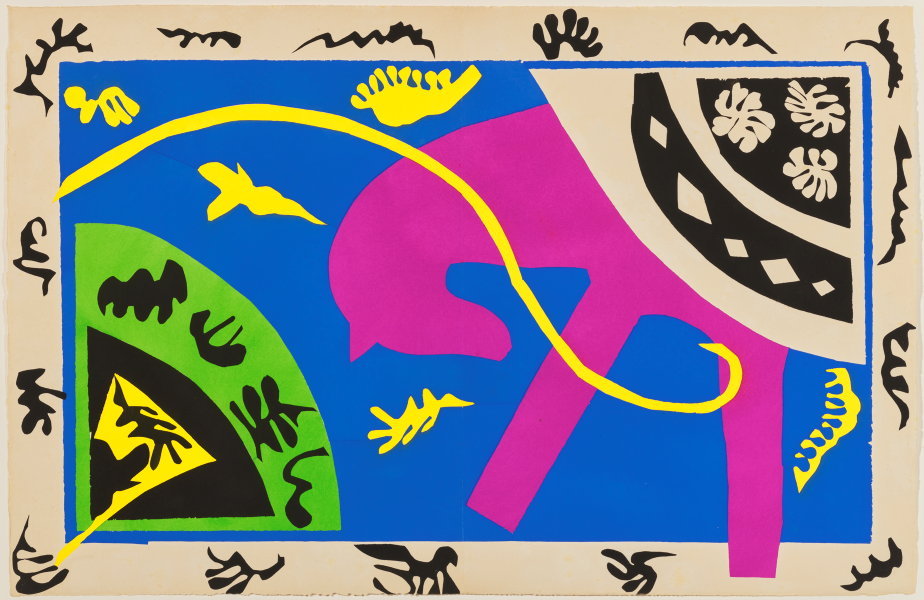
Although the text might seem spontaneous it was actually drafted four or five times. It also contains a fascinating statement about the act of creation. In particular, he explores the themes of art and artifice, intuition and discipline.
The images in the book tend to relate to the circus, mythology or Matisse’s memories of traveling. In fact, The Circus was the original working title!
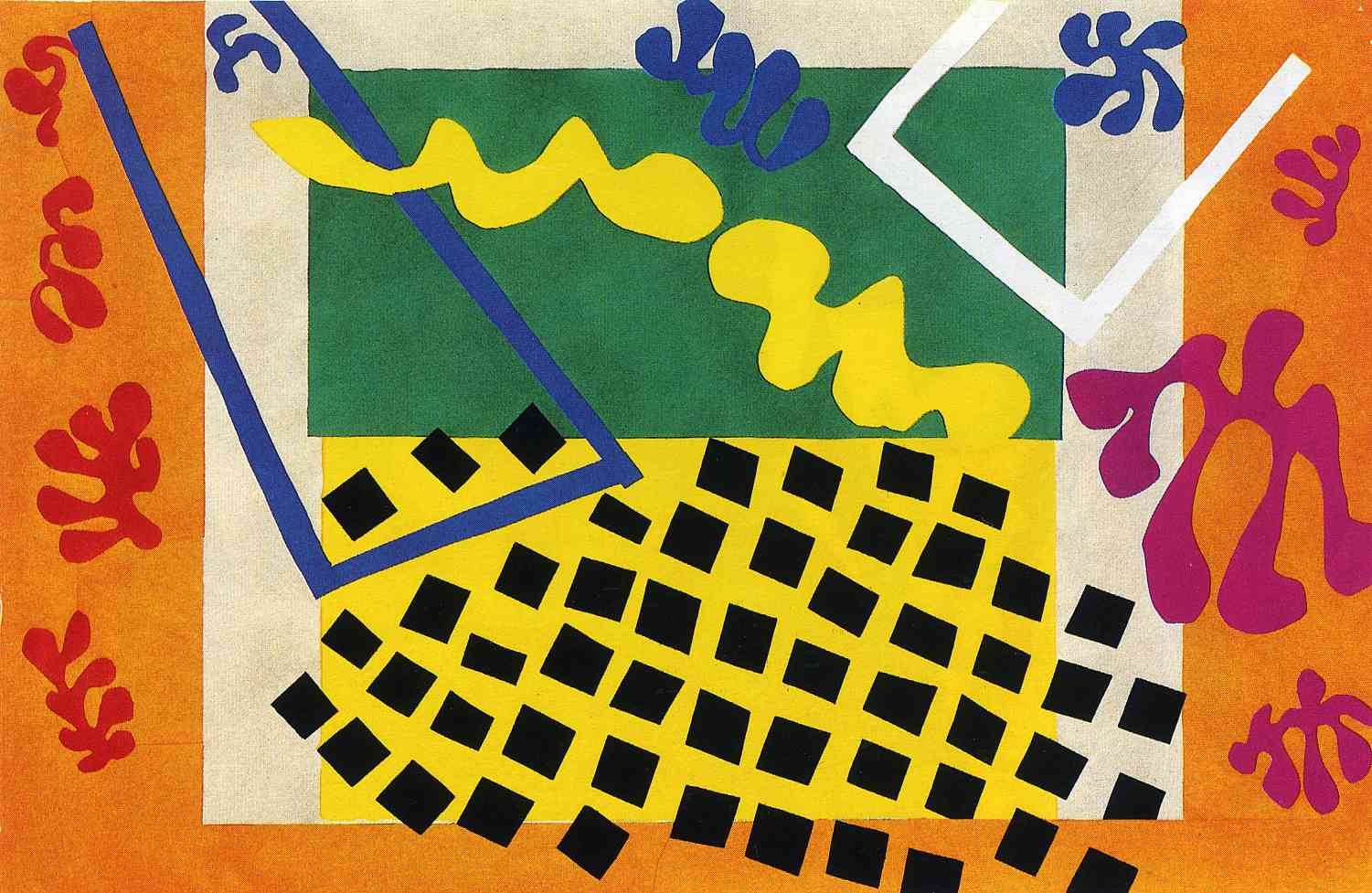
The theme of balance and balancing acts is a recurrent motif in the work. For example, The Codomas, the title of one piece, was the name of a famous trapeze act.
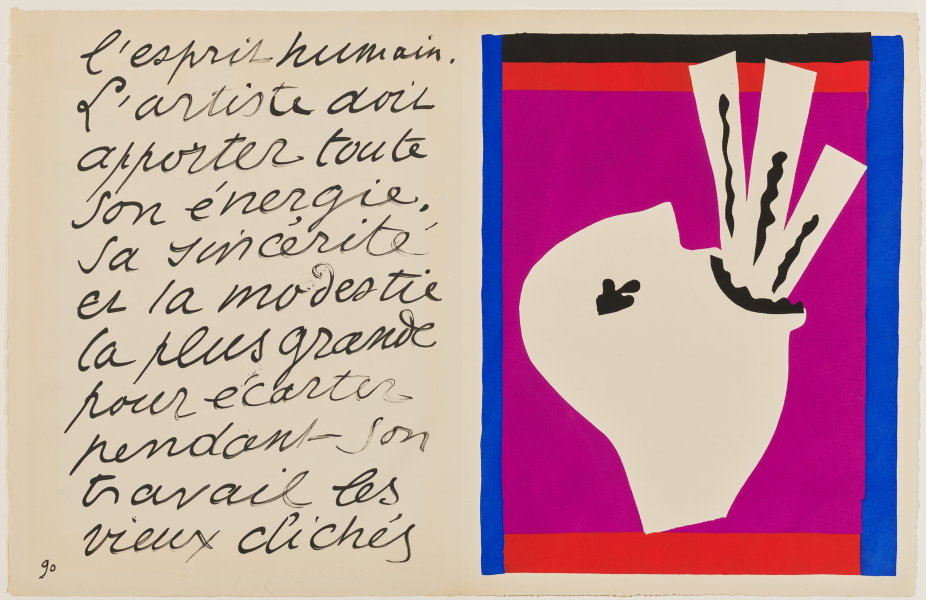
Although cheerful on the surface, darker tensions run through Jazz. For example, there are several references to the suffering of wartime. He also makes much use of macabre imagery.
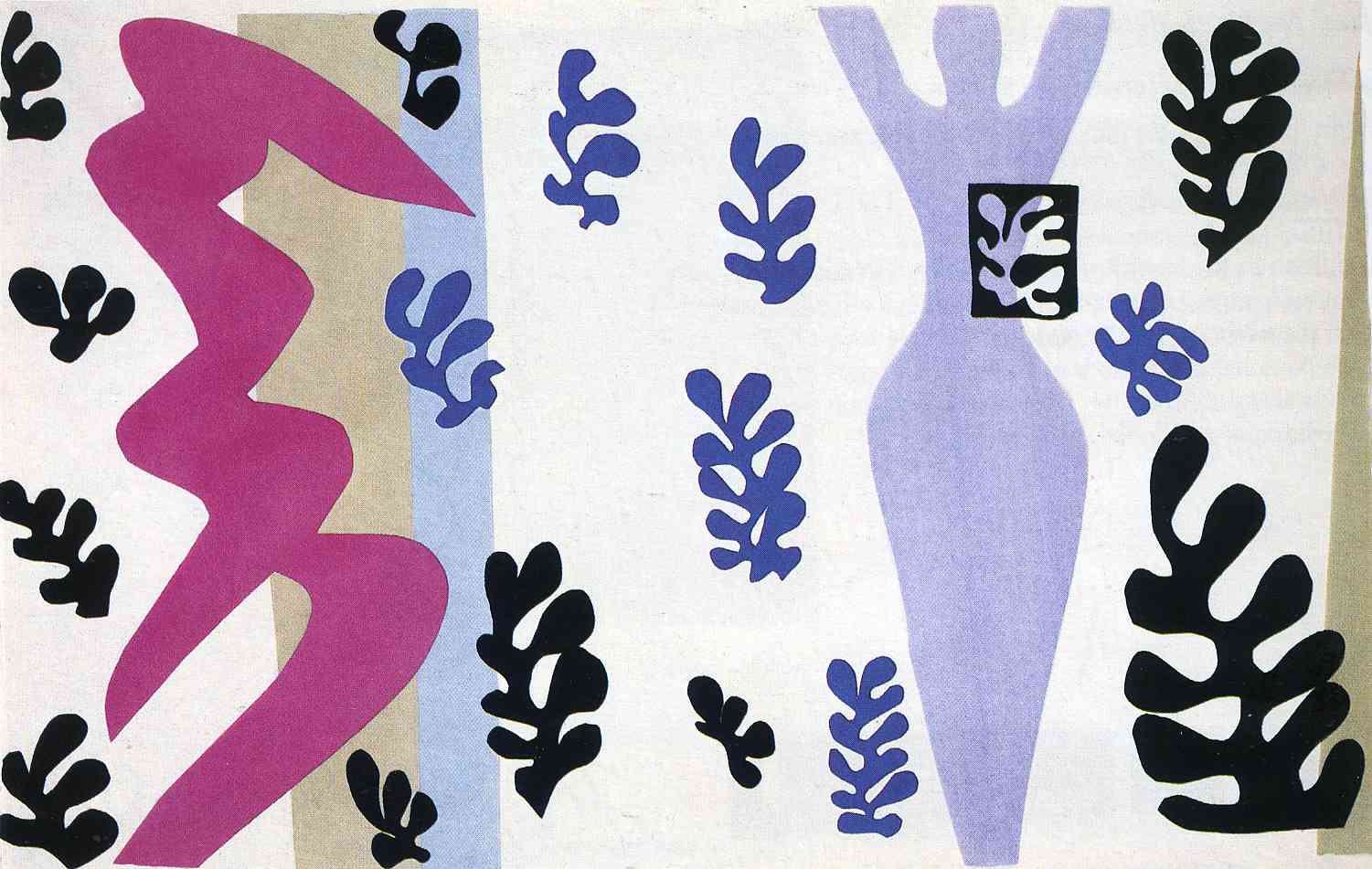
You can find a full list of the illustrations within Jazz here.
DailyArt Magazine needs your support. Every contribution, however big or small, is very valuable for our future. Thanks to it, we will be able to sustain and grow the Magazine. Thank you for your help!